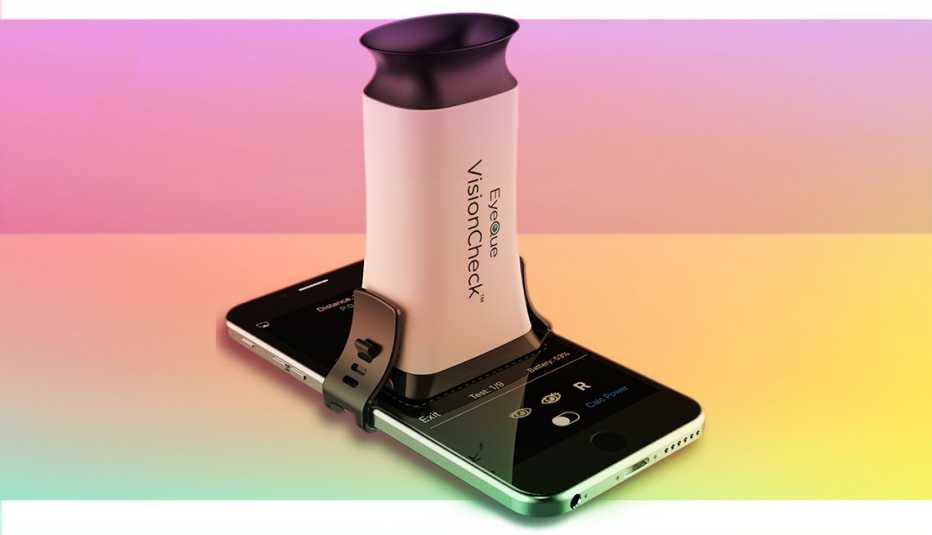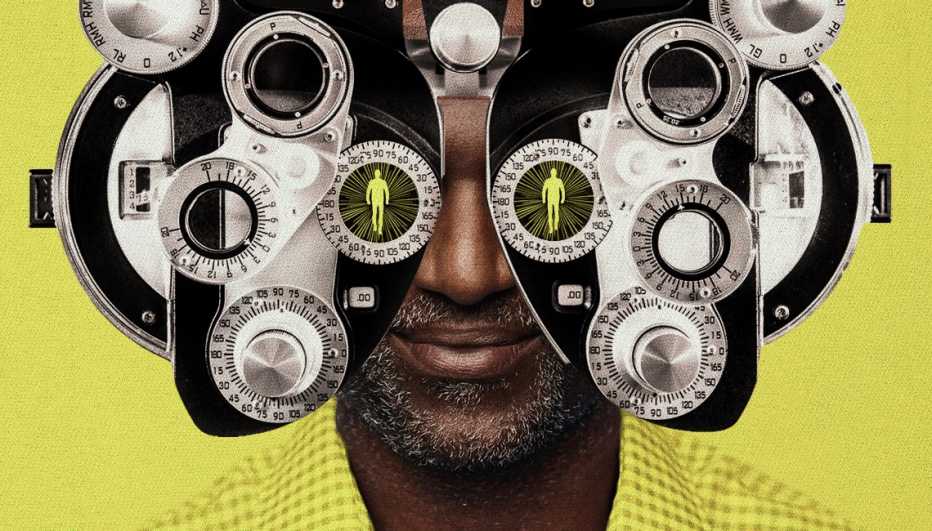Staying Fit


Do You Have Glaucoma? Know the Symptoms, Take Our Quiz
Understand the signs of this age-related disease that can lead to blindness
Christina Ianzito,
Do You Have Glaucoma? Know the Symptoms, Take Our Quiz
Do You Have Glaucoma? Know the Symptoms, Take Our Quiz
Christina Ianzito is a Washington, D.C.-based journalist who joined AARP in 2010. She’s the travel and books editor for aarp.org and AARP The Magazine and also edits and writes health, entertainment and other stories for aarp.org. She received a 2020 Lowell Thomas Award for travel writing.


ADVERTISEMENT


AARP Membership
$12 for your first year when you sign up for Automatic Renewal
Get instant access to members-only products and hundreds of discounts, a free second membership, and a subscription to AARP the Magazine.
More on health
ADVERTISEMENT
-
 MEMBERS ONLYRestaurants
MEMBERS ONLYRestaurantsDenny's
15% off dine-in and pickup orders
Learn MoreSee more Restaurants offers > -
 MEMBERS ONLYShopping & Groceries
MEMBERS ONLYShopping & GroceriesWalmart+
$20 off a Walmart+ annual membership
Learn MoreSee more Shopping & Groceries offers > -
 Health & Wellness
Health & WellnessAARP® Staying Sharp®
Activities, recipes, challenges and more with full access to AARP Staying Sharp®
Learn MoreSee more Health & Wellness offers >































































